Spiders are among the most common household pests, triggering fear and concern for many homeowners. While most species are harmless and even beneficial, understanding how to manage them is crucial for peace of mind and safety. This comprehensive guide, written from a pest control perspective, will provide an in-depth analysis of spider identification, the risks they pose, and professional strategies for effective spider control.
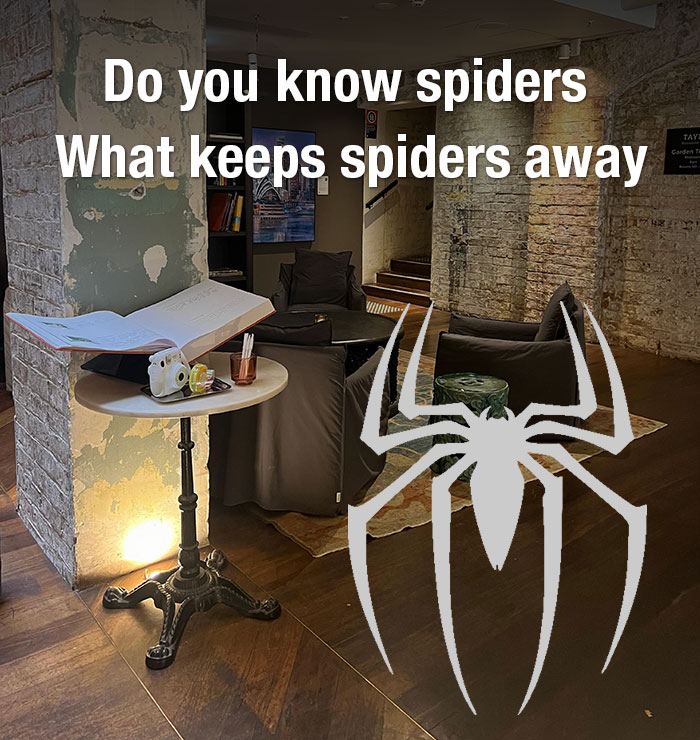
Know Your Enemy - A Professional's Guide to Common Spider Species
A crucial first step in effective pest management is accurate identification. Here is a more comprehensive breakdown of spiders you may encounter, categorized by their potential risk to humans and prevalence.
1. Spiders of Significant Medical Importance
These spiders have venom that can cause serious systemic reactions or significant tissue damage. Their presence requires immediate caution and professional control.
Sydney Funnel-web Spider (Atrax robustus):
Appearance: Large, glossy black cephalothorax and abdomen, with powerful, downward-striking fangs.
Habitat & Range: Native to the Sydney region of Australia. Builds burrows in moist, cool habitats under rocks, logs, or in lawns.
Risk: Highly venomous. Its venom contains a neurotoxin that can be fatal to humans. Antivenom exists and has been highly successful since its introduction.
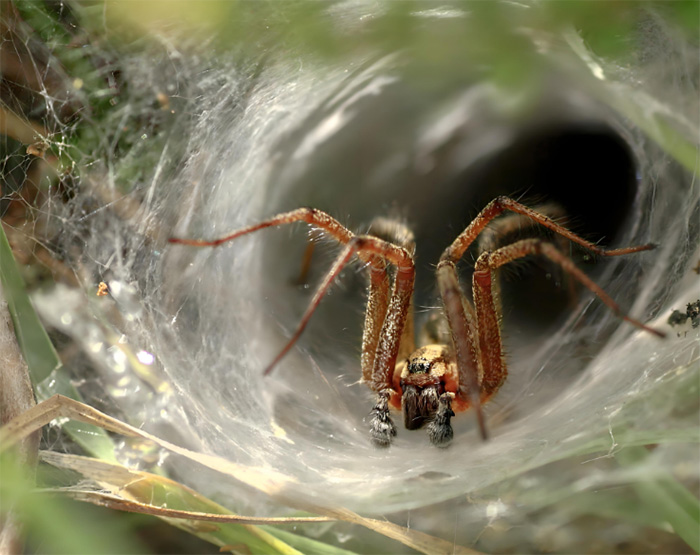
Black Widow Spider (Latrodectus spp.):
Appearance: Shiny, jet-black body with a prominent red hourglass marking on the underside of the abdomen.
Habitat & Range: Global distribution. Prefers undisturbed, cluttered areas like woodpiles, sheds, basements, and under outdoor furniture.
Risk: Venomous. Their venom is a neurotoxin causing latrodectism, which includes severe muscle cramps, abdominal pain, sweating, and tachycardia. While bites are rarely fatal with modern medical care, they require immediate attention.
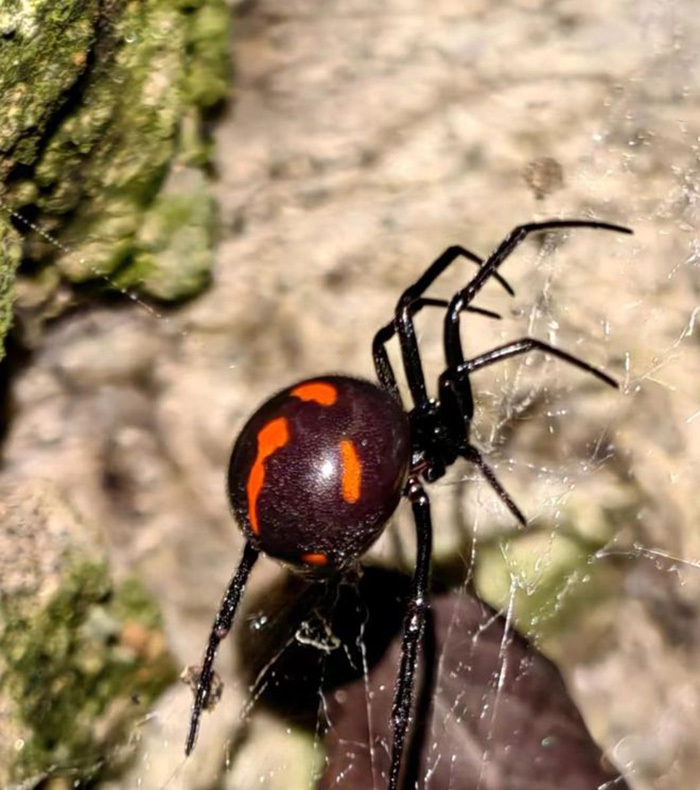
Brown Recluse Spider (Loxosceles reclusa):
Appearance: Light to dark brown with a distinctive dark, violin-shaped marking on the cephalothorax. Has six eyes arranged in pairs (most spiders have eight).
Habitat & Range: Primarily the central and southern United States. Found in seclusion: attics, closets, cardboard boxes, and behind furniture.
Risk: Venomous. Its venom can cause loxoscelism, which may lead to necrotic skin lesions (tissue death) and, in rare cases, systemic illness.
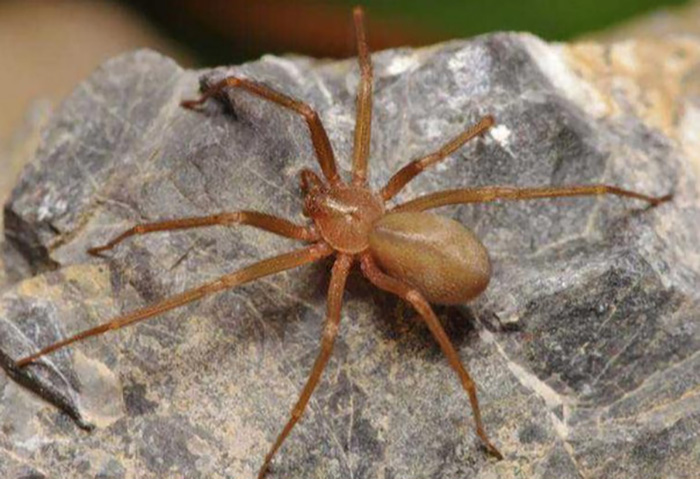
Brazilian Wandering Spider (Phoneutria spp.):
Appearance: Large and hairy, with a leg span of up to 15 cm. They often adopt a distinctive defensive stance by raising their front legs.
Habitat & Range: Forests of Central and South America. As the name implies, they "wander" the forest floor at night rather than building webs, sometimes entering homes.
Risk: Highly venomous. Considered one of the world's most venomous spiders. Its neurotoxic venom is medically significant. A unique symptom can be painful, prolonged penile erection in male victims.
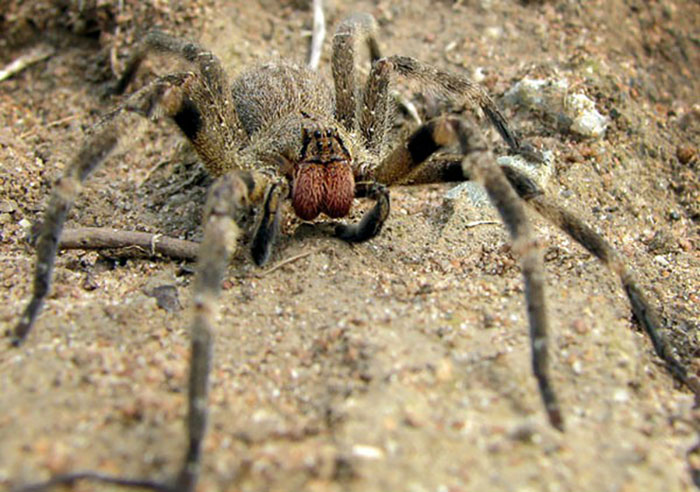
2. Common Nuisance and Beneficial Spiders
These spiders are far more likely to be found in and around homes. While their bites can be painful or cause localized reactions, they are not considered medically dangerous. They provide valuable pest control by capturing flies, mosquitoes, and other insects.
House Spider (Parasteatoda tepidariorum):
Appearance: Varied in color (yellowish-brown to dark brown) with a chevron-patterned abdomen. Builds messy, tangled cobwebs.
Habitat: Ubiquitous in human dwellings worldwide, particularly in corners of rooms, windows, and garages.
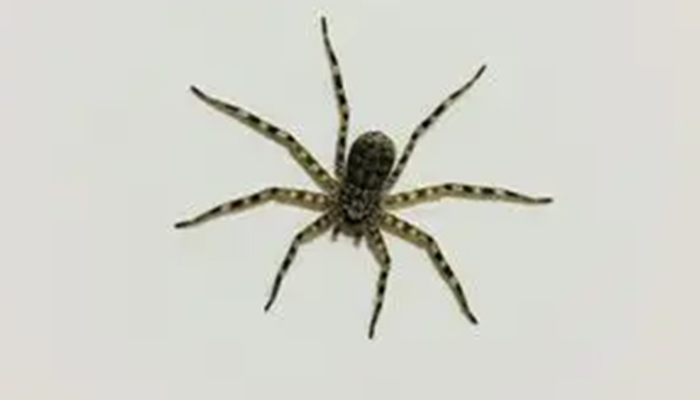
Cellar Spider (Pholcidae):
Appearance: Known for their small, elongated bodies and extremely long, thin legs. Often vibrates rapidly in its web when disturbed.
Habitat: Dark, damp areas like basements, cellars, and crawl spaces. They are known to capture and eat other spiders, including dangerous species.
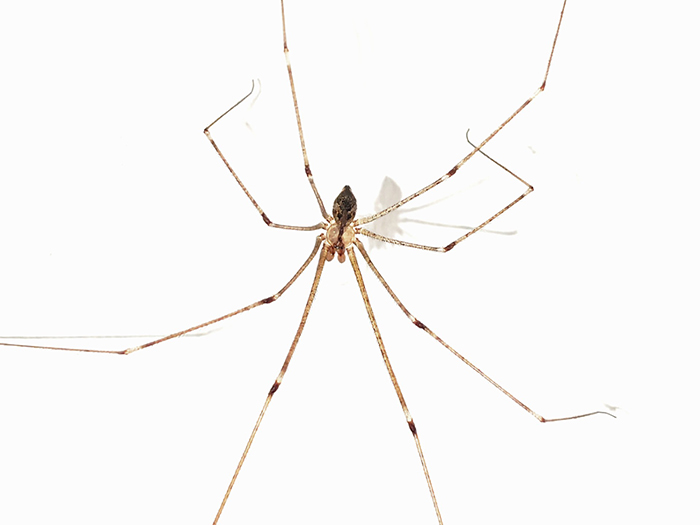
Jumping Spider (Salticidae):
Appearance: Compact, furry bodies, often with iridescent coloring. They have exceptional eyesight, with a large pair of forward-facing eyes.
Habitat: Found on windowsills, fences, and plants. They do not build webs to hunt but stalk and pounce on their prey with remarkable accuracy.
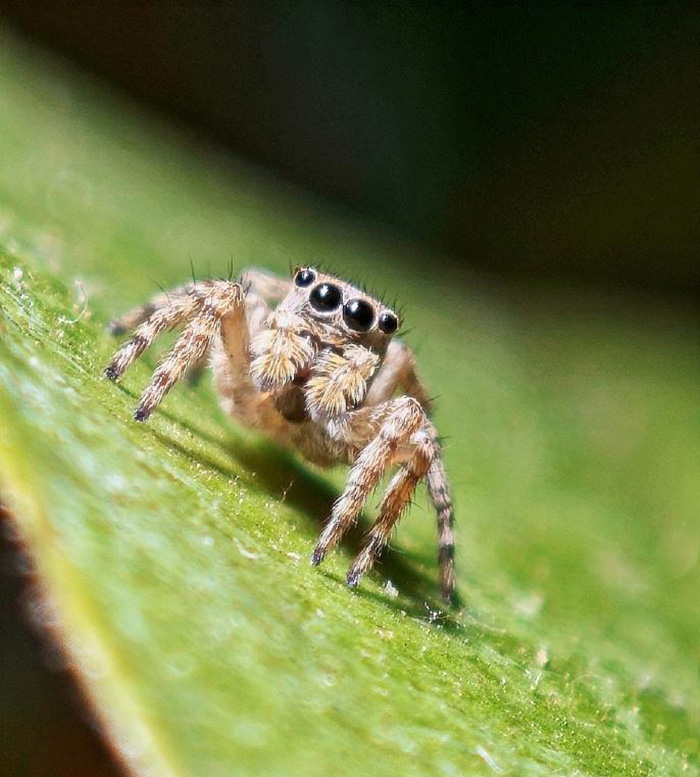
Wolf Spider (Lycosidae):
Appearance: Large, robust, and hairy, typically brown or grey with camouflaging markings. They are fast-running ground hunters.
Habitat: Found in leaf litter, grass, and around doorways. Females carry their egg sacs and spiderlings on their backs.
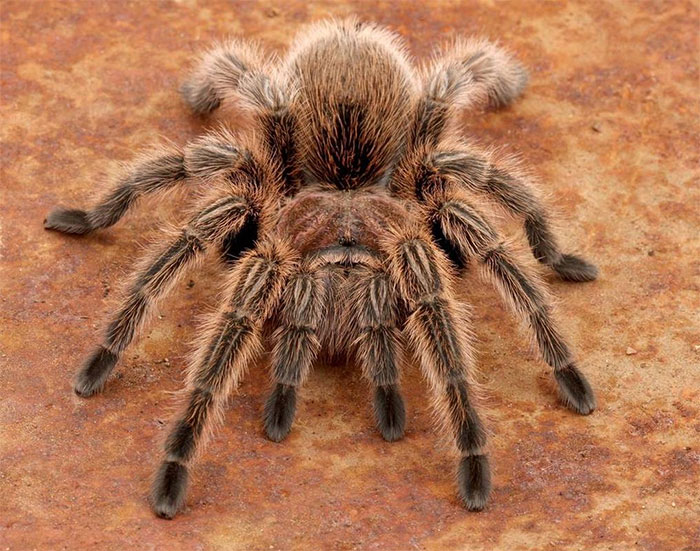
Joro Spider (Trichonephila clavata):
Appearance: Strikingly large, with a yellow and blue-black striped body and long legs. They build massive, golden, wheel-shaped webs.
Habitat & Range: An invasive species from Asia that has become established in the southeastern United States. They are commonly seen in high numbers on power lines, trees, and porch overhangs.
Risk: Not dangerous to humans. Their fangs are typically too small to break human skin. They are primarily a significant nuisance due to their large, pervasive webs.
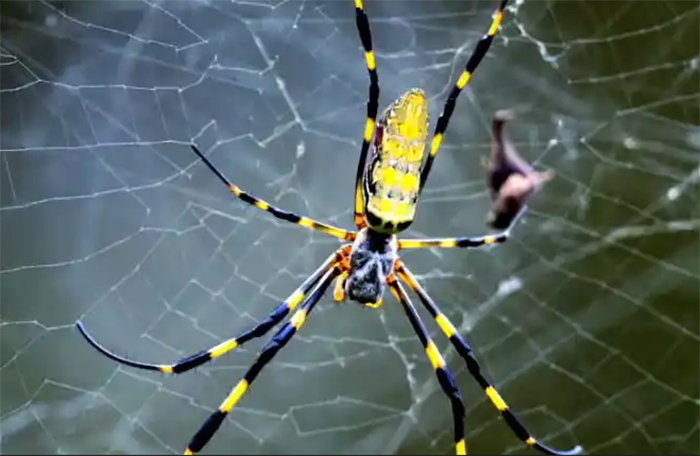
Where Spiders Lurk and The Hidden Dangers They Bring
Spiders typically enter homes in search of prey, which means an abundance of other insects is the primary attractant. Common entry points include cracks in foundations, gaps around windows and doors, and via utility lines.
The primary hazards associated with spiders include:
Venomous Bites: As mentioned, bites from species like the Black Widow and Brown Recluse can lead to serious health complications, including severe pain, muscle cramps, nausea, and necrotic skin lesions.
Allergic Reactions: Some individuals may experience allergic reactions to spider venom, even from typically harmless species.
Psychological Distress: Arachnophobia (the fear of spiders) is a genuine concern that can cause significant anxiety and stress for residents.
Unsightly Webs: Cobwebs can make a home look unkempt and unclean, damaging its aesthetic appeal.
spider bite identification chart: Symptoms and Visual Guide
what does a spider bite look like
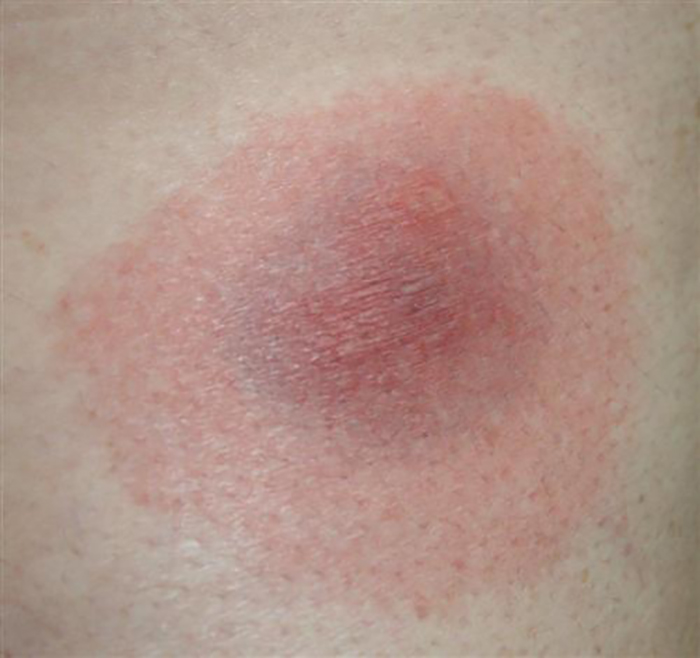
It can be difficult to identify a spider bite, as they are often mistaken for bites from other insects or skin infections. However, there are key signs to look for.
General Symptoms:
Redness, swelling, and itching at the site.
A pinprick sensation followed by mild to moderate pain.
Development of a blister.
Dangerous Bite Symptoms (Seek Medical Help Immediately):
Black Widow Bite: Intense muscle pain and cramping (often in the abdomen, back, or chest), sweating, nausea, and difficulty breathing.
Brown Recluse Bite: A bite that may initially be painless but develops into a blister surrounded by a red or purple "bull's-eye" pattern. The tissue can become necrotic (die), leading to a deep, open sore over days or weeks.
Professional Spider Control: How to get rid of spiders in house
A proactive, integrated approach is the most effective way to manage spider populations.
1. Prevention: The First Line of Defense
Eliminate Food Sources: Control other insect populations in your home. Use sealed containers for food, manage garbage, and address fly or ant problems.
Seal Entry Points: Carefully inspect and seal cracks, gaps around windows/doors, and utility penetrations with caulk or weatherstripping.
Reduce Clutter: Declutter storage areas like basements, garages, and attics to eliminate hiding spots.
Manage Outdoor Landscaping: Keep vegetation, woodpiles, and debris away from your home's foundation.
2. Natural Repellents and DIY Solutions
Essential Oils: Spiders dislike the smell of peppermint, tea tree, citrus, and lavender. Mix 10-15 drops of essential oil with water in a spray bottle and apply to entry points, windowsills, and other spider-prone areas.
Diatomaceous Earth: This non-toxic powder can be sprinkled in dry areas where spiders travel. It damages their exoskeleton, leading to dehydration.
Vinegar Solution: A 1:1 mixture of white vinegar and water can disrupt a spider's scent trails and act as a repellent.
3. Chemical Control and Professional Intervention
Insecticides: For severe infestations, residual spider sprays containing ingredients like pyrethroids can be effective. Always follow label instructions carefully and use in well-ventilated areas.
Spider Repellent:
Ultrasonic spider repeller
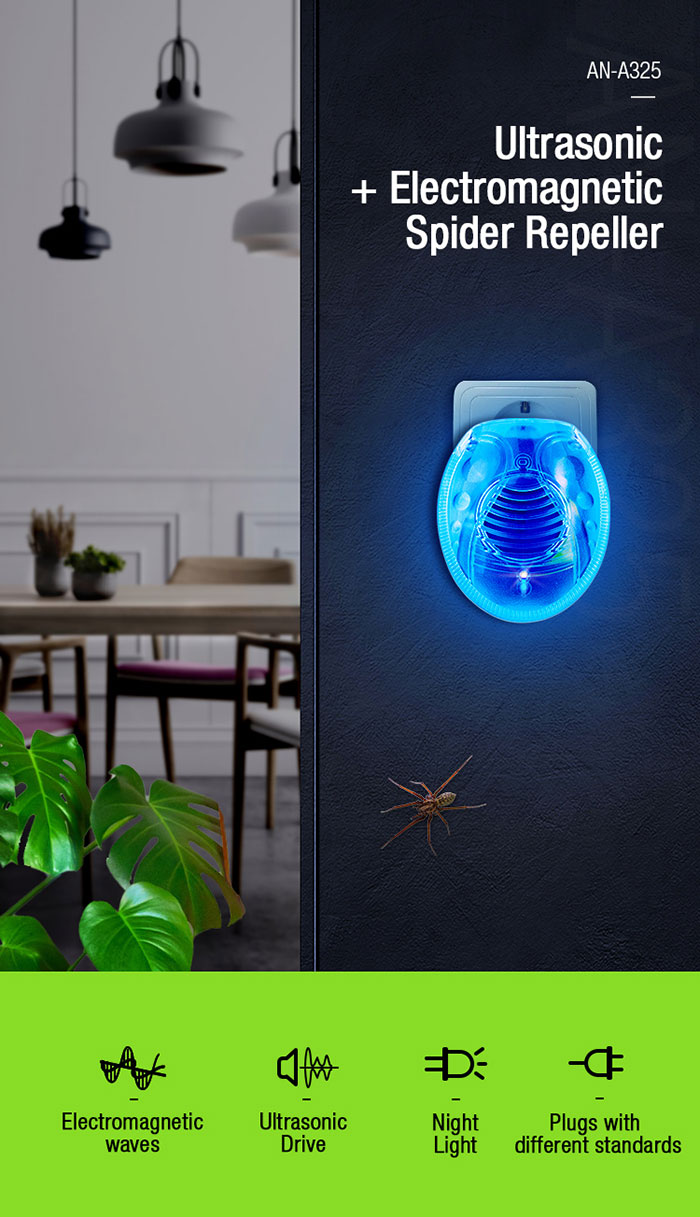
This Ultrasonic spider repeller does not use any chemicals. It emits ultrasonic and electromagnetic waves to repel pests from your home. It is harmless to people and pets and will not interfere with electrical or electronic equipment. It repels spiders and can also repel various pests such as bugs, fleas, dust mites, cockroaches, etc.
Call a Professional Pest Control Service: If you have a recurring problem, suspect a venomous species, or prefer a hands-off approach, licensed professionals can provide a thorough inspection, identification, and a targeted treatment plan that is both safe and long-lasting.
Disclaimer: This article is for informational purposes only and does not constitute medical advice. If you have been bitten by a spider and are experiencing severe symptoms, please seek immediate medical attention.











